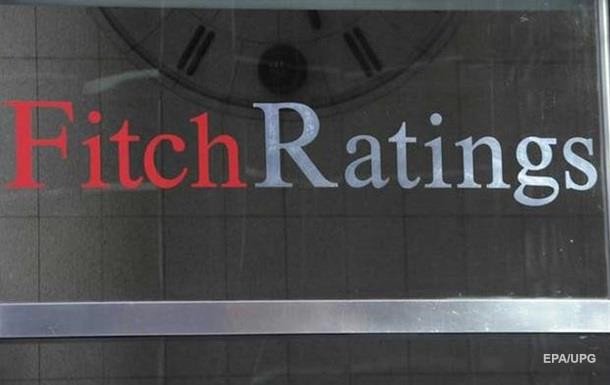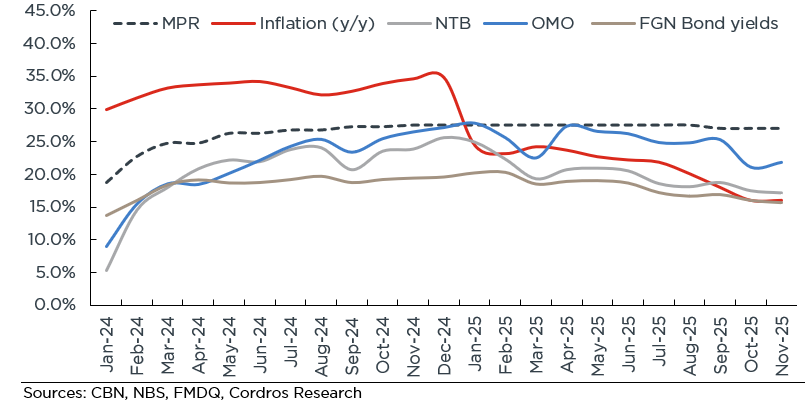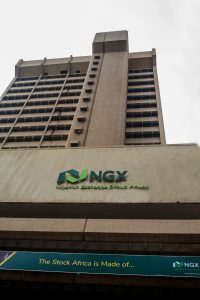
Fitch Ratings, on Thursday affirmed Nigeria’s Long-Term Foreign-Currency Issuer Default Rating (IDR) at ‘B+’ with a Negative Outlook which it says is supported by factors such as the nation’s large and diversified economy, significant oil reserves, net external creditor position, low external debt service ratio and large domestic debt market.
The nation was also assigned “Long-Term Foreign-Currency IDR affirmed at ‘B+’; Outlook Negative Long-Term Local-Currency IDR affirmed at ‘B+’; Outlook Negative Short-Term Foreign-Currency IDR affirmed at ‘B’ Short-Term Local-Currency IDR affirmed at ‘B’ Country Ceiling affirmed at ‘B+’ Issue ratings on long-term senior-unsecured foreign-currency bonds affirmed at ‘B+’”
According to Fitch’s forecasts upon which its assumptions were based, Brent crude Nigeria’s main source of revenue is projected to average USD52.5 per barrel this year, before rising to USD55/b in 2018 and then USD60/b in 2019, based on the Global Economic Update published in August 2017.
The assumptions, it continued, are balanced against relatively low per capita GDP, an exceptionally narrow fiscal revenue base and a weak business environment, just as the Negative Outlook reflects the downside risks from rising government indebtedness, and the possibility of a reversal of recent improvements in foreign currency (FX) liquidity and a faltering of the still fragile economic recovery.
Fitch also forecasts growth of 1.5% in 2017 and 2.6% in 2018, following Nigeria’s first contraction in 25 years in 2016.
The country’s GDP growth continued to contract in 1Q17, but by less than in the previous four quarters, expressing optimism that “the recovery will be driven mainly by increased FX availability to the non-oil economy and fiscal stimulus, as higher oil revenue and various funding initiatives have raised the government’s ability to execute on capital spending plans.”
Nigeria’s foreign exchange market, it warned has remained far from fully transparent, at a time when domestic liquidity has also become a constraint, following which the growth forecast is subject to downside risks.
On inflation, Fitch expects that it glides to 11% by 2019, from its present height of 16.1% in July 2017, noting that the nation’s crude oil production rose to 1.8 million barrels per day (mbpd) in July 2017, from 1.5 mbpd in December 2016 driven by the lifting of force majeure at the Forcados export terminal and the completion of maintenance at both Forcados and the Bonga oil field.
It therefore revised down its expectation of full-year average production to 1.8 mbpd, which is about equal to 2016 production, even as it noted that the imposition of an OPEC quota may cap Nigeria’s crude production at 1.8mbpd could limit the oil sector’s upside potential. Since the OPEC quota excludes condensate production, the report believes Nigeria’s near-term production potential should not be adversely affected.
Recalling the April 2017, introduction by the Central Bank of Nigeria (CBN) of the Investors & Exporters (I&E) currency window and further measures to improve the liquidity of this instrument, Fitch also acknowledged the apex bank’s actively intervention to support the currency while keeping domestic liquidity conditions tight. In addition, higher oil prices and increased portfolio and FDI inflows have enabled the CBN to increase its provision of FX liquidity to the market, it added.
Consequently, the nation’s parallel exchange rate began to converge towards the I&E rate which is now at around NGN360/USD, while easing foreign currency liquidity shortages, just as “most activity now occurs on the I&E window, and Fitch believes that the I&E rate should now be considered the relevant exchange rate.”
Fitch forecasts the general government fiscal deficit to rise slightly to 4.5% of GDP in 2017 from 4.4% in 2016, made worse by the tax revenue in the first five months that underperformed budget expectations, as in 2015-16.
As oil production rises and the overall economy recovers, Fitch expects that higher revenues will narrow the general government deficit to 3.4% in 2018, noting also that Nigeria’s general government debt stock remains “low at 17% of GDP at end-2016, well below the ‘B’ median of 56% of GDP, and Fitch expects only a moderate increase to 20% of GDP at end-2017.
However, low revenues present a risk to public debt sustainability, it said, warning that general government debt to revenue, at 297% at end-2016, is already above the ‘B’ category median of 227% and Fitch forecasts it to increase to 325% in 2017.
The economic contraction of 2016 and tight FX and naira liquidity, it recalled, weakened asset quality in the Nigerian banking sector even as Non-performing loans rose to 12.8% at end-2016, up from 5.3% at end-2015, just as rising impairment charges from bad loans have in turn led to capital adequacy ratios falling to 14.8% in 2016, from 16.1% at end-2015.
“The new FX window has aided FX liquidity for banks in 2017, but credit to the private sector (adjusted for FX valuation effects) is declining. Nigeria’s ratings are constrained by weak governance indicators, as measured by the World Bank, as well as low human development and business environment indicators and per capita income.
With Nigeria’s current Outlook considered negative, Fitch says it does not currently anticipate developments with a material likelihood of leading to an upgrade, even as it noted factors that could lead to positive rating action such as “a revival of economic growth supported by the sustained implementation of coherent macroeconomic policies; a reduction of the fiscal deficit and the maintenance of a manageable debt burden; increased confidence in the FX market or an increase in foreign exchange reserves to a level that reduces vulnerability to external shocks; (as well as) successful implementation of structural reforms, for instance raising non-oil revenues, and significant reforms in the petroleum sector.”













